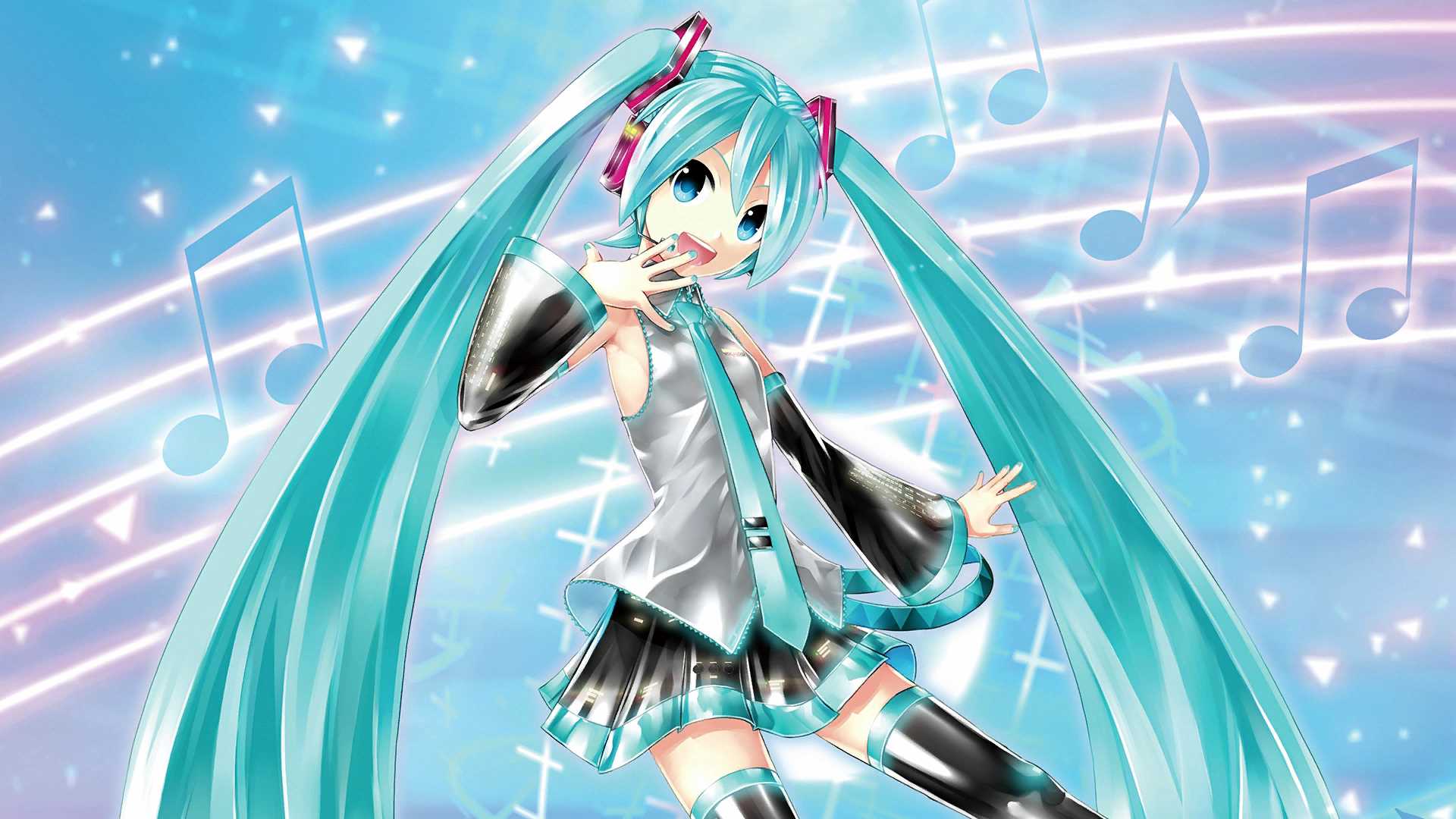
They don’t make a huge difference either way, but it’s a nice gesture to make the game a little more accommodating. Conversely, there are a handful of augmentations more seasoned players can employ as well, raising the stakes a hair or giving yourself less time to react to the prompts on screen. Along with the simplified Rhythm Game modes, players struggling to keep up with the more difficult songs can cash in their Play Coins for special items that make the experience slightly more forgiving. Miku’s 3DS debut is much more accessible than her past performances, making it the perfect entry point for new players looking to get in on the fun. Because their path is laid out before you, it’s substantially easier to prepare for each prompt as it arrives, and while you can artificially enhance the line’s speed to heighten the challenge ever so slightly, it’s still a simplified version of a rhythm game that is famous for demanding the most of its players. Instead of button prompts flying in from all sides of the screen in choreographed patterns designed to challenge your focus, they’re all strung along on a single line, which winds around the screen in various shapes and at various speeds. Button Mode, on the other hand, is more traditional, though still features some changes of its own in comparison to the Project Diva F series. The new addition, Tap Mode, has players tapping color-coded sections of the touch screen along with the matching prompts on the top screen, mixing in directional swipes and the occasional spin here and there for a more interactive rhythmic experience.


Unlike the Project Diva F games released on PS3 and Vita, Project Mirai DX gives players a choice of play styles for each song. The virtual idol’s latest game, Hatsune Miku: Project Mirai DX, continues this incredible work, but unfortunately, it trades accessibility for the technically challenging gameplay fans have come to associate with the singer.


Digital diva Hatsune Miku is a perfect example of music’s universal magic her vocaloid J-pop songs are conduits for unbridled joy and positivity, and capture a slice of Japanese culture well worth sharing with the world. It winds its way into your core and warms you from inside out, conjuring intense, often indescribable emotions. Music, more than perhaps any other art form, transcends linguistic and cultural barriers.


 0 kommentar(er)
0 kommentar(er)
